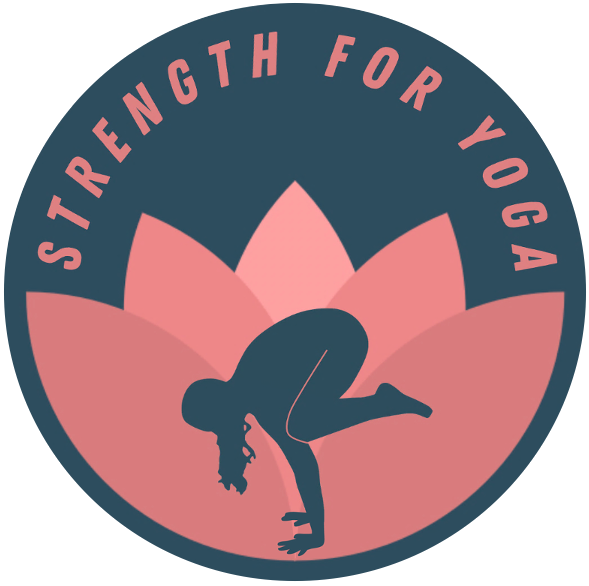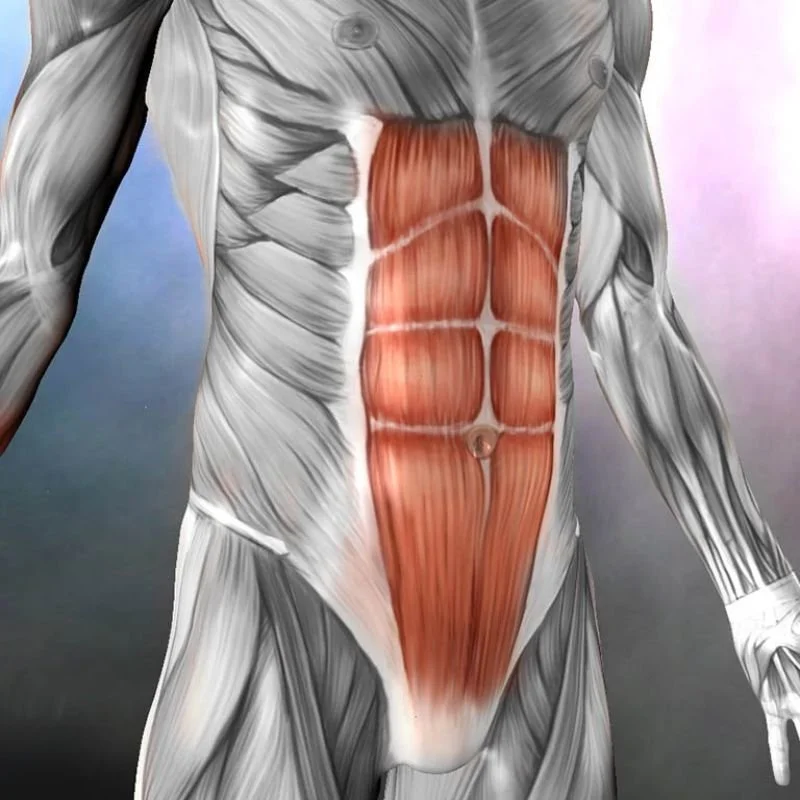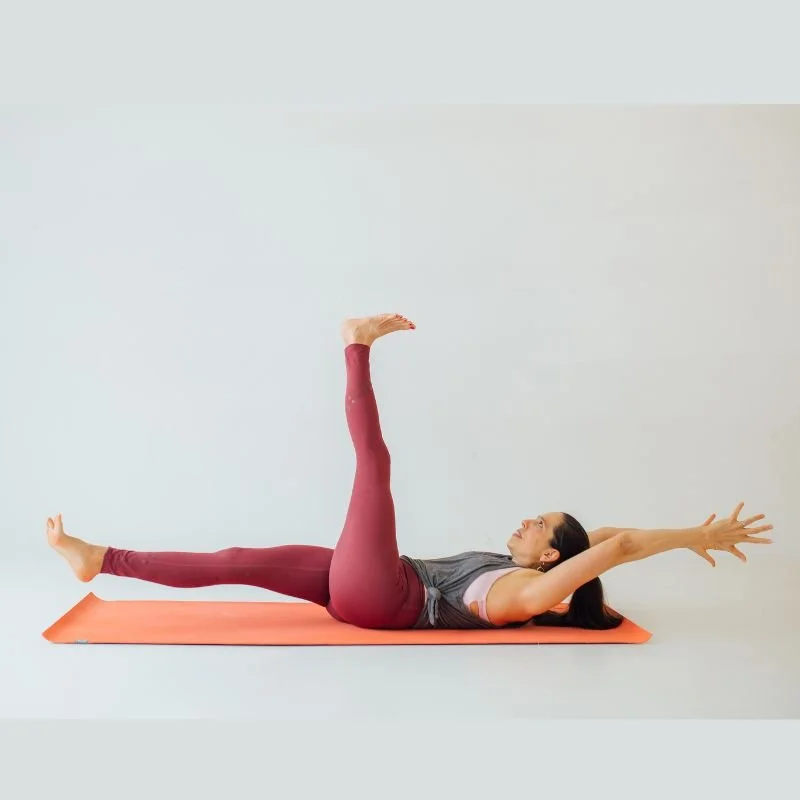Top 3 Myths About the Core
This blog post was first sent to the Strength for Yoga email list as an email newsletter. Sign up for the SFY email newsletter here!
The core is a region of the body that receives a lot of attention in the yoga, movement, and fitness worlds! Have you noticed?
Along with good information about this region of the body, there are also an abundance of core *myths* that circulate on social media and Google as well as in yoga studios and gyms.
Let's dive into these top three core myths today, because they might be holding you back in your movement practice!
Core myth #1: The core is the rectus abdominis.
Rectus abdominis
Fact: The core is so much more than just the "six-pack" muscles!
Anatomically, the core is the entire trunk region (torso, pelvis, and hips) in 360°.
This includes the aforementioned rectus abdominis, but also the obliques, transverse abdominis, spinal erectors, glutes, hip flexors, hip adductors, multifidus, diaphragm, and more.
Viewing the core in this comprehensive fashion is the key to targeting it thoroughly and completely.
If we believe our core consists of the "six-pack" muscles only, then our core strength work will probably be limited to crunches and sit-ups.
Crunches and sit-ups are fine exercises and certainly qualify as “core work,” but these exercises alone don’t strengthen our core in a complete way.
For full core strengthening, we must work our entire trunk region in 360°: the front, sides, and back (not just the front!).
(This was a guiding principle in the creation of our program 5 Weeks to a Strong Core. We target much more than just the abdominals in this program!)
Myth #2: The role of the core is solely to resist motion.
Russian twist exercise
Fact: While it's true that the core plays a crucial role in stabilizing the spine and resisting excessive movement, it's equally important to recognize its dynamic function.
The core is well-suited to both resist and create motion, depending on the context. Some activities will call on the core to resist motion; others will require more motion.
So to thoroughly target the core, it's important to include exercises in which the core holds still isometrically (e.g., planks, bird dogs) and exercises in which the core moves dynamically (e.g., sit-ups, Russian twists).
(This was also a guiding principle in the creation of 5 Weeks to a Strong Core! We intentionally chose a selection of exercises that move and stabilize the core.)
Myth #3: You can "spot reduce" the core with targeted exercises.
Before we discuss this myth, we must clarify that we're only highlighting this myth because it offers us some geeky insights into how our body and strength training work! Not because we think trying to "spot reduce" any area of our body is a good or helpful idea.
(At Strength for Yoga, we are adamantly body positive, not negative! And that goes for our approach to core strengthening as well, of course! 😀)
So, to be clear: you cannot "spot reduce" the core with targeted exercises. As Fountaine & Perry astutely discuss in a 2017 article called "Core Training: Separating Fact From Fiction":
"Despite the claims of nefarious infomercials, large numbers of crunches and planks will not magically result in selective fat loss from the abdominal region because the claims of spot reduction simply are not supported by research. Any type of exercise can contribute to creating a negative energy balance needed to ultimately reduce body fat, but body part–specific exercise does not create preferential fat loss in one region of the body over another."
Because we are strength science geeks at Strength for Yoga :), we think it's interesting to note that while we can't "spot reduce" areas of the body (fat loss), we can "spot increase" areas of the body for strength and muscle growth!
This is because fat loss and muscle growth are two different physiological processes. While fat loss is a systemic process, muscle growth is a more localized one. Individual muscles grow and gain strength directly in response to targeted exercises.
So to bring this back to the core, this means that we cannot "spot reduce" the core with targeted exercises, but we can increase our core strength with targeted exercises!
And that's just one more very positive reason to bring core strengthening into your life!
Join us for our 5-week core strength program that's rooted in the science of movement – not in unhelpful myths!
Here's what you'll get with 5 Weeks to a Strong Core:
A series of 12 follow-along, 360° core strength practices
Each practice is only 15 minutes long! (Maximal core strength with minimal time commitment 👍)
Bodyweight workouts – no weights required!
A new practice delivered to you every 3 days for 5 weeks
Lifetime access to all 12 practices at the end of the 5 weeks, so you can go back and repeat the entire program any time
You Might Also Like…







